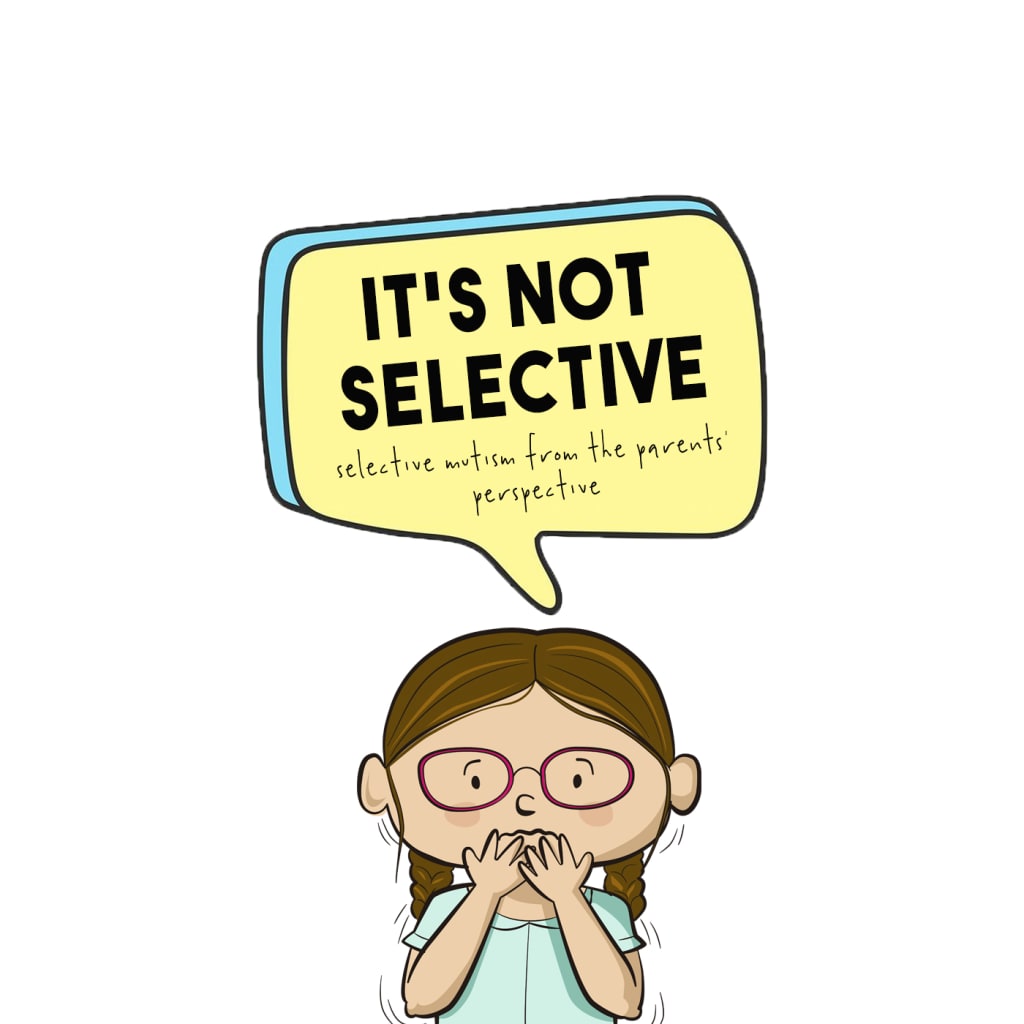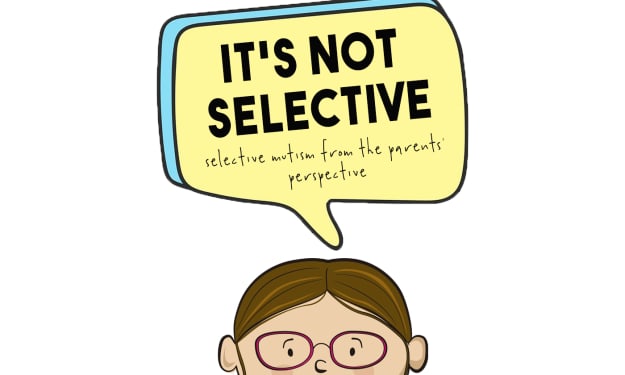How to Treat Selective Mutism in Adults
How to Treat Selective Mutism in Adults

Selective Mutism (SM) is a rare anxiety disorder that affects children and adults, in which an individual is unable to speak in certain situations or to certain people. This disorder is often misunderstood or misdiagnosed, leading to delayed treatment and negative consequences on an individual's mental health, social life, and academic or professional performance. In this article, we will explore what selective mutism is, its symptoms, causes, diagnosis, treatment, and more, with a focus on selective mutism in adults.
What is Selective Mutism?
Selective mutism (SM) is an anxiety disorder that affects an individual's ability to speak in certain situations or to certain people, despite being able to speak fluently in other situations or with familiar people. Selective mutism typically emerges during childhood, usually before the age of 5, when a child starts to attend school or socialize with new people. However, it can also affect adults, especially those who have experienced trauma or social anxiety. Selective mutism is not a sign of shyness, stubbornness, or lack of intelligence, but rather a psychological condition that requires professional treatment.
Selective Mutism Symptoms
The primary symptom of selective mutism is the persistent failure to speak in certain situations or to certain people, despite being able to speak fluently in other situations or with familiar people. For example, a child with selective mutism may refuse to speak at school or in public places, but speak normally at home or with close family members. An adult with selective mutism may avoid social interactions or public speaking, but speak normally with close friends or family members. Other symptoms of selective mutism include:
- Avoidance of eye contact, social situations, or activities that involve speaking
- Anxiety, fear, or panic attacks in certain situations or with certain people
- Difficulty making friends or forming relationships
- Delayed or impaired academic or professional performance
- Physical symptoms such as sweating, trembling, or stomachaches
- Emotional symptoms such as sadness, low self-esteem, or frustration
- Co-occurring anxiety disorders, such as social anxiety disorder, separation anxiety disorder, or generalized anxiety disorder.
Selective Mutism Causes
The exact causes of selective mutism are not fully understood, but research suggests that it may be related to a combination of genetic, environmental, and psychological factors. Some possible causes of selective mutism include:
Genetic predisposition: Studies have shown that selective mutism tends to run in families, suggesting that there may be a genetic component to the disorder. However, no specific gene or genetic marker has been identified yet.
Anxiety and stress: Selective mutism is often associated with high levels of anxiety and stress, especially in social situations or with unfamiliar people. Children with selective mutism may feel overwhelmed by the demands of school or new social settings, while adults with selective mutism may experience trauma, abuse, or social rejection.
Developmental delays: Some children with selective mutism may have delayed language development, speech disorders, or other developmental delays that make it harder for them to communicate effectively.
Temperament and personality: Some children with selective mutism may have a naturally shy or introverted temperament, or a tendency to avoid new or challenging situations. However, not all shy or introverted children develop selective mutism, and not all children with selective mutism are shy or introverted.
Environmental factors: Some environmental factors, such as cultural differences, language barriers, or family conflicts, may contribute to selective mutism. For example, a child who speaks a different language at home may have difficulty speaking in English at school, or a child who witnesses domestic violence may become too anxious to speak.
Selective Mutism Diagnosis
Selective mutism is often misdiagnosed or overlooked, especially if the symptoms are mild or if the individual is able to communicate in other ways, such as through gestures or writing. Therefore, it is important to seek professional help from a mental health specialist who is familiar with selective mutism and its diagnostic criteria.
The Diagnostic and Statistical Manual of Mental Disorders, Fifth Edition (DSM-5) lists the following criteria for selective mutism diagnosis:
Consistent failure to speak in specific social situations (e.g., school, work, public places) where speaking is expected despite speaking in other situations.
The disturbance interferes with educational or occupational achievement or with social communication.
The duration of the disturbance is at least 1 month (not limited to the first month of school).
The failure to speak is not due to a lack of knowledge of, or comfort with, the spoken language required in the social situation.
The disturbance is not better accounted for by a communication disorder (e.g., stuttering) and does not occur exclusively during the course of autism spectrum disorder, schizophrenia, or another psychotic disorder.
To make a diagnosis, a mental health specialist will conduct a thorough evaluation, including a clinical interview, behavioral observations, and standardized tests. The specialist may also consult with other professionals, such as speech therapists or pediatricians, to rule out other possible causes of speech problems.
Selective Mutism Treatment
Selective mutism treatment aims to help individuals overcome their anxiety and improve their ability to communicate effectively in all social situations. Treatment should be tailored to each individual's specific needs and may involve a combination of behavioral, psychological, and educational interventions.
Behavioral interventions for selective mutism may include:
Gradual exposure therapy: This involves gradually exposing the individual to feared social situations or people while providing support and encouragement. The therapist may start by having the individual speak to a familiar person in a private setting, and then gradually increase the difficulty level and the number of people involved.
Modeling and shaping: This involves using positive reinforcement and role-playing to teach the individual new communication skills and to build their confidence. The therapist may model appropriate communication behaviors, such as speaking in a clear and confident voice, and then gradually shape the individual's behavior to match the model.
Systematic desensitization: This involves teaching the individual relaxation techniques, such as deep breathing or muscle relaxation, and then gradually exposing them to feared social situations or people while using the relaxation techniques to reduce anxiety.
About the Creator
Enjoyed the story? Support the Creator.
Subscribe for free to receive all their stories in your feed. You could also pledge your support or give them a one-off tip, letting them know you appreciate their work.





Comments
There are no comments for this story
Be the first to respond and start the conversation.